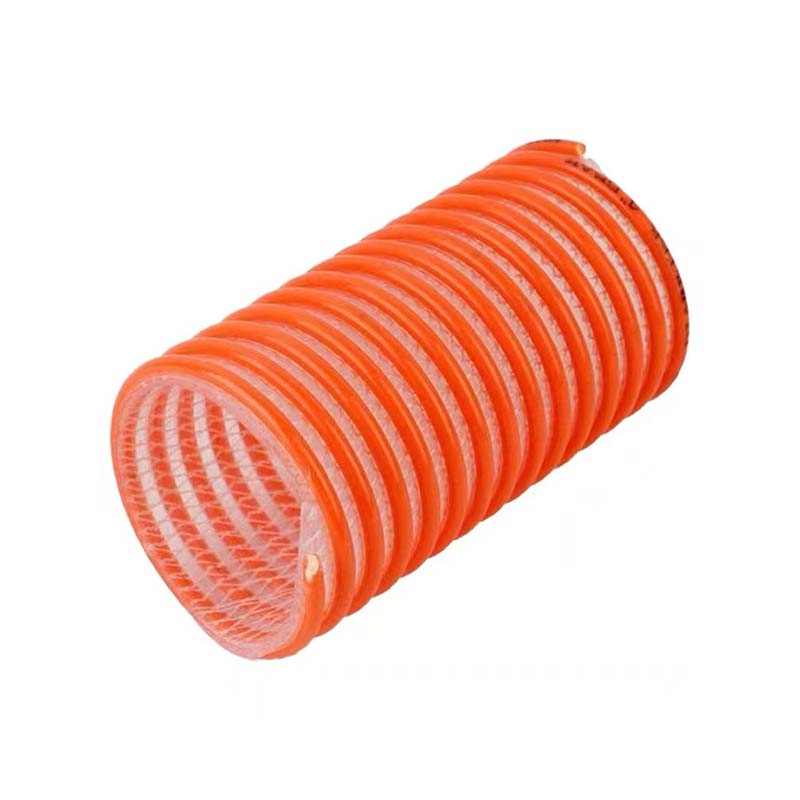High-Quality Tubing for Vacuum Pumps | Reliable Solutions for Efficient Performance
Tubing for Vacuum Pumps Essential Considerations
When it comes to vacuum systems, the choice of tubing plays a crucial role in ensuring optimal performance and efficiency. Vacuum pumps are vital components used in various applications, from laboratory experiments to industrial processes. The correct tubing not only aids in maintaining the vacuum level but also prevents contamination and enhances the longevity of the system.
The first consideration for selecting tubing for vacuum pumps is the material. Common materials include rubber, PVC, silicone, and various metals, each with distinct advantages and disadvantages. For example, rubber tubing is flexible and easy to handle, making it a popular choice for many applications. However, it may not withstand high temperatures or certain chemical exposures. Conversely, metal tubing, such as stainless steel, provides durability and resistance to heat and chemicals, making it suitable for more demanding environments. When selecting a material, it’s essential to assess the specific requirements of the application, including temperature range, chemical compatibility, and mechanical stresses.
Another critical factor is the size and diameter of the tubing. The inner diameter of the tubing affects both the flow rate and the vacuum level. Tubing that is too small can restrict airflow, leading to inefficiencies and potential damage to the pump. On the other hand, excessively large tubing may not maintain the desired vacuum due to increased volume and surface area. It is essential to match the tubing size to the pump specifications and the overall system design to achieve optimal performance.
tubing for vacuum pump

In addition to material and size, the design of the tubing system warrants careful consideration. Smooth, uninterrupted pathways are crucial for minimizing turbulence and maintaining the desired vacuum level. Additionally, the use of appropriate fittings, clamps, and connectors can prevent leaks, which can significantly compromise the system's efficiency. Leaks can not only lead to a loss of vacuum but also pose contamination risks to sensitive experiments or processes.
Moreover, regular maintenance and inspections of the tubing are paramount. Over time, tubing can degrade due to wear and tear, exposure to harsh chemicals, or temperature fluctuations. Routine checks for cracks, kinks, and discoloration can help identify potential issues before they lead to system failures or contamination.
In conclusion, the selection of tubing for vacuum pumps involves careful deliberation of material, size, design, and maintenance considerations. Taking the time to evaluate these factors will not only enhance the performance and reliability of vacuum systems but also prolong their lifespan. By ensuring that the right tubing is in place, users can optimize system efficiencies and maintain the integrity of their processes. Whether for academic, industrial, or research purposes, investing in quality tubing is a fundamental step toward achieving success in any vacuum application.
-
Welded Wire Mesh Panel: Durable, Versatile, and AffordableNewsJul.28,2025
-
Top Quality Oxy Acetylene Hoses for Sale Fit for Welding DemandsNewsJul.28,2025
-
The Future of Pneumatic Air Tubes in IndustryNewsJul.28,2025
-
Superior and Reliable LPG Hose Pipe Solutions for Every NeedNewsJul.28,2025
-
Exceptionally Durable and Versatile Premium Braided PVC TubingNewsJul.28,2025
-
Best Adapters for Connecting Garden Hose to PVC Pipe ConnectionsNewsJul.28,2025














